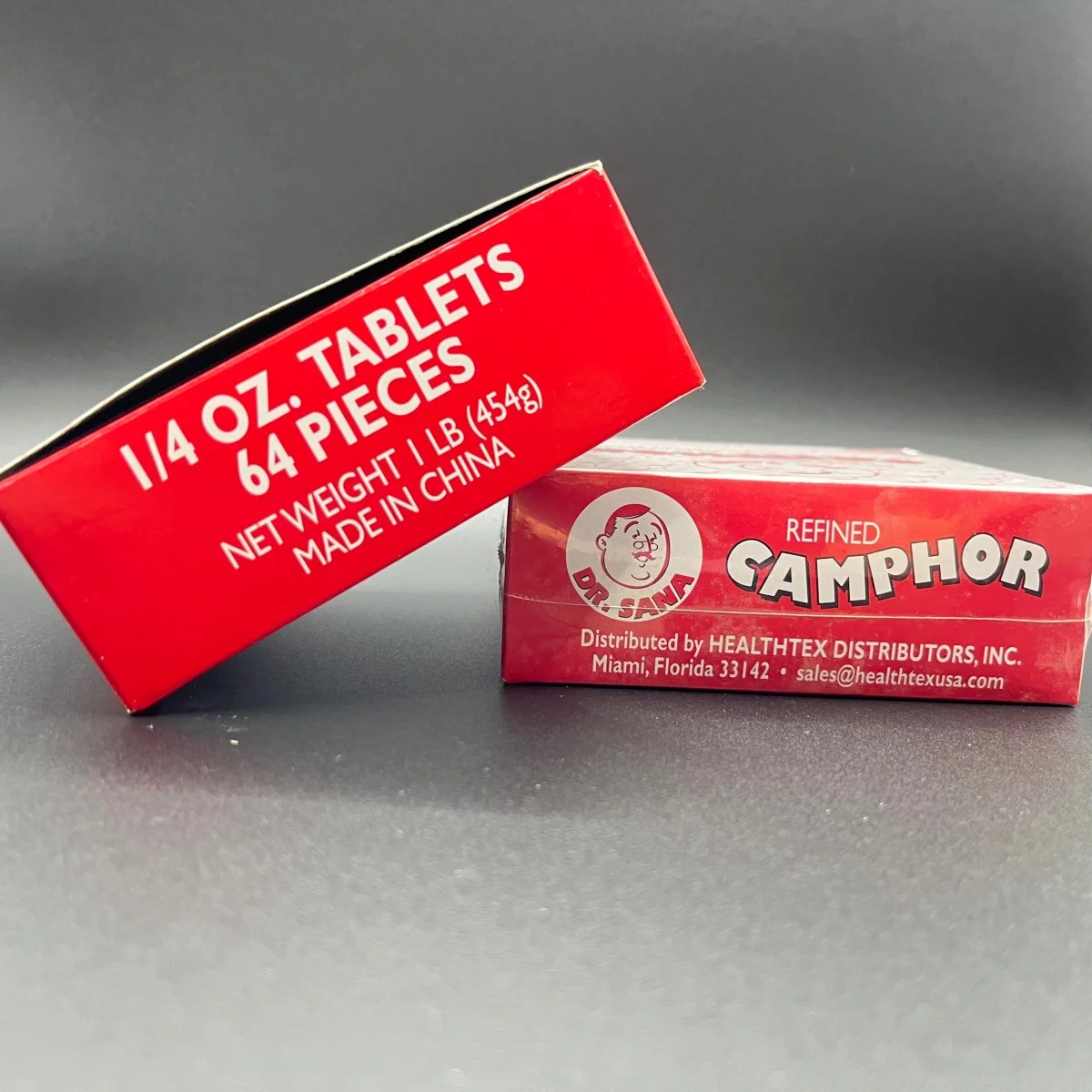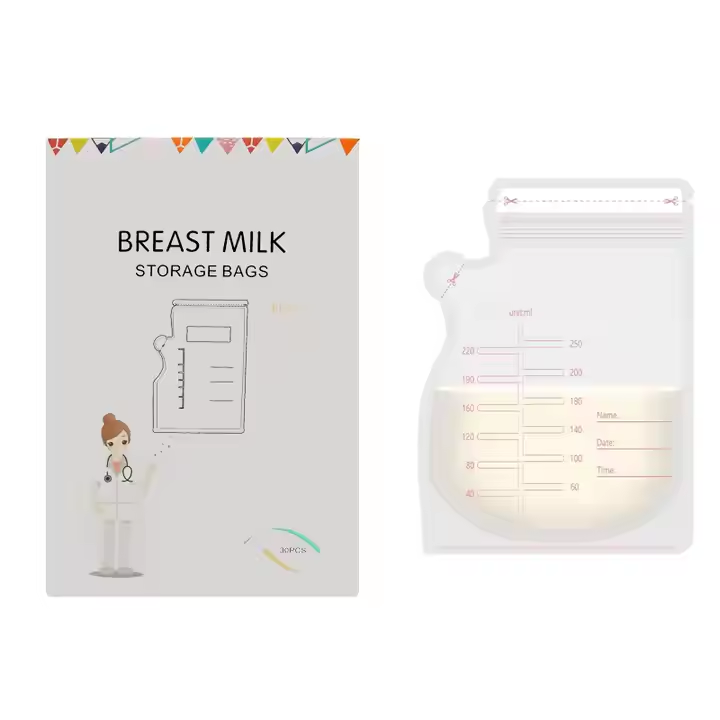As the sun's rays become increasingly intense, understanding how to protect ourselves from harmful ultraviolet (UV) radiation is more crucial than ever. Whether you're spending a day at the beach, hiking in the mountains, or simply enjoying a sunny afternoon in your backyard, selecting the right materials for sun protection can significantly reduce your risk of skin damage and long-term health issues. In this article, we will explore various materials that offer effective sun protection, their properties, and how to choose the best options for your needs.
Understanding UV Radiation
Before diving into materials, it’s essential to understand the types of UV radiation. The sun emits three types of UV rays: UVA, UVB, and UVC. UVA rays penetrate the skin more deeply and are primarily responsible for premature aging and skin cancer. UVB rays, on the other hand, are responsible for sunburn and play a significant role in developing skin cancer. UVC rays are mostly absorbed by the Earth's atmosphere and do not pose a significant risk to humans.
The Role of Fabric in Sun Protection
When it comes to sun protection, clothing is one of the most effective barriers against UV radiation. However, not all fabrics are created equal. The effectiveness of a fabric in blocking UV rays is measured by its Ultraviolet Protection Factor (UPF) rating. A higher UPF rating indicates better protection. Here are some materials that excel in sun protection:
- Synthetic Fabrics
- Polyester and Nylon: These materials are known for their durability and resistance to fading. They have a tight weave that effectively blocks UV rays. Many outdoor clothing brands now offer garments made from these fabrics with UPF ratings of 30 to 50+.
- Microfiber: This ultra-fine synthetic fabric is lightweight and breathable, making it ideal for hot weather. Microfiber can provide excellent UV protection while ensuring comfort.
- Natural Fibers
- Cotton: While cotton is breathable and comfortable, its UV protection varies significantly based on the weave and color. Darker colors and tighter weaves generally offer better protection. However, untreated cotton typically has a UPF rating of only 5 to 15, which is insufficient for prolonged sun exposure.
- Linen: This natural fiber is known for its breathability and moisture-wicking properties. However, like cotton, its UV protection is limited unless treated or woven tightly.
- Specialty Fabrics
- UV-Blocking Fabrics: Many manufacturers now produce fabrics specifically designed to block UV rays. These fabrics often incorporate chemical treatments or special weaves that enhance their protective qualities. Look for clothing labeled with UPF ratings of 30 or higher for optimal protection.
- Cooling Fabrics: Some advanced textiles are engineered to reflect UV rays while also providing cooling properties. These fabrics are particularly beneficial for outdoor activities in hot climates.
Accessories for Enhanced Protection
In addition to clothing, various accessories can further shield you from the sun:
- Hats: Wide-brimmed hats made from tightly woven fabrics can provide excellent protection for the face, neck, and ears. Look for hats with a UPF rating for added assurance.
- Sunglasses: Protecting your eyes from UV rays is just as important as shielding your skin. Choose sunglasses that block 100% of UVA and UVB rays and have a wraparound design for maximum coverage.
- Umbrellas and Canopies: Portable sun shelters made from UV-blocking materials can provide shade during outdoor activities. Look for products specifically designed for sun protection, often featuring UPF ratings.
Practical Tips for Sun Protection
- Layering: Combine different materials for enhanced protection. For example, wear a lightweight long-sleeve shirt over a UV-blocking tank top.
- Color Matters: Darker colors absorb more UV rays, while lighter colors reflect them. Opt for darker shades for better protection.
- Fit and Coverage: Loose-fitting clothing provides better airflow and comfort, while tighter clothing may offer less coverage. Ensure your clothing covers as much skin as possible.
- Reapply Sunscreen: Even with protective clothing, it’s essential to apply broad-spectrum sunscreen on exposed skin. Reapply every two hours, or more frequently if swimming or sweating.
Conclusion
Choosing the best materials to protect from the sun involves understanding the properties of various fabrics and their effectiveness in blocking UV radiation. By selecting the right clothing, accessories, and employing practical sun protection strategies, you can significantly reduce your risk of skin damage and enjoy the outdoors safely. Remember, effective sun protection is not just about avoiding sunburn; it’s about safeguarding your long-term health. So, gear up wisely and embrace the sun with confidence!



